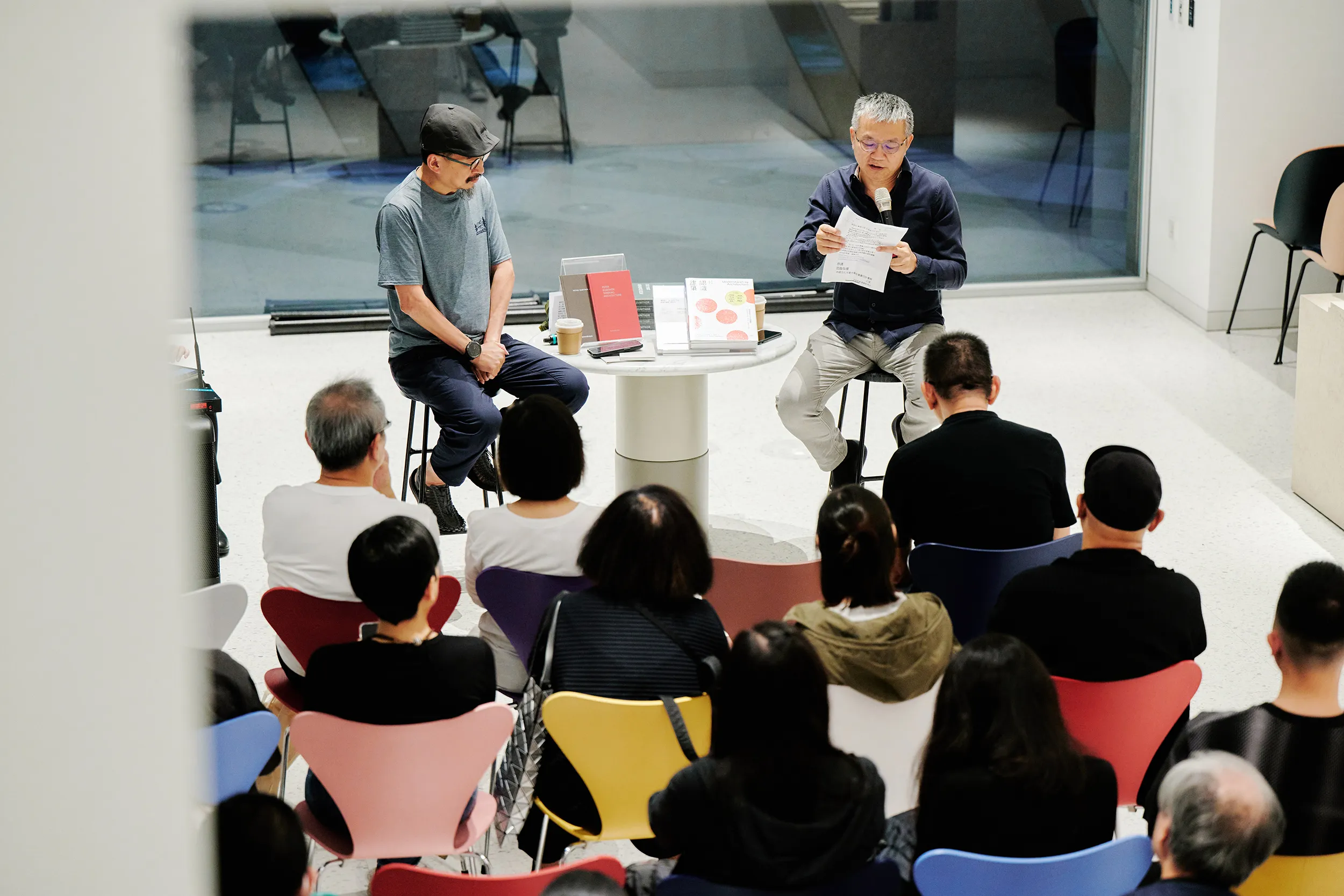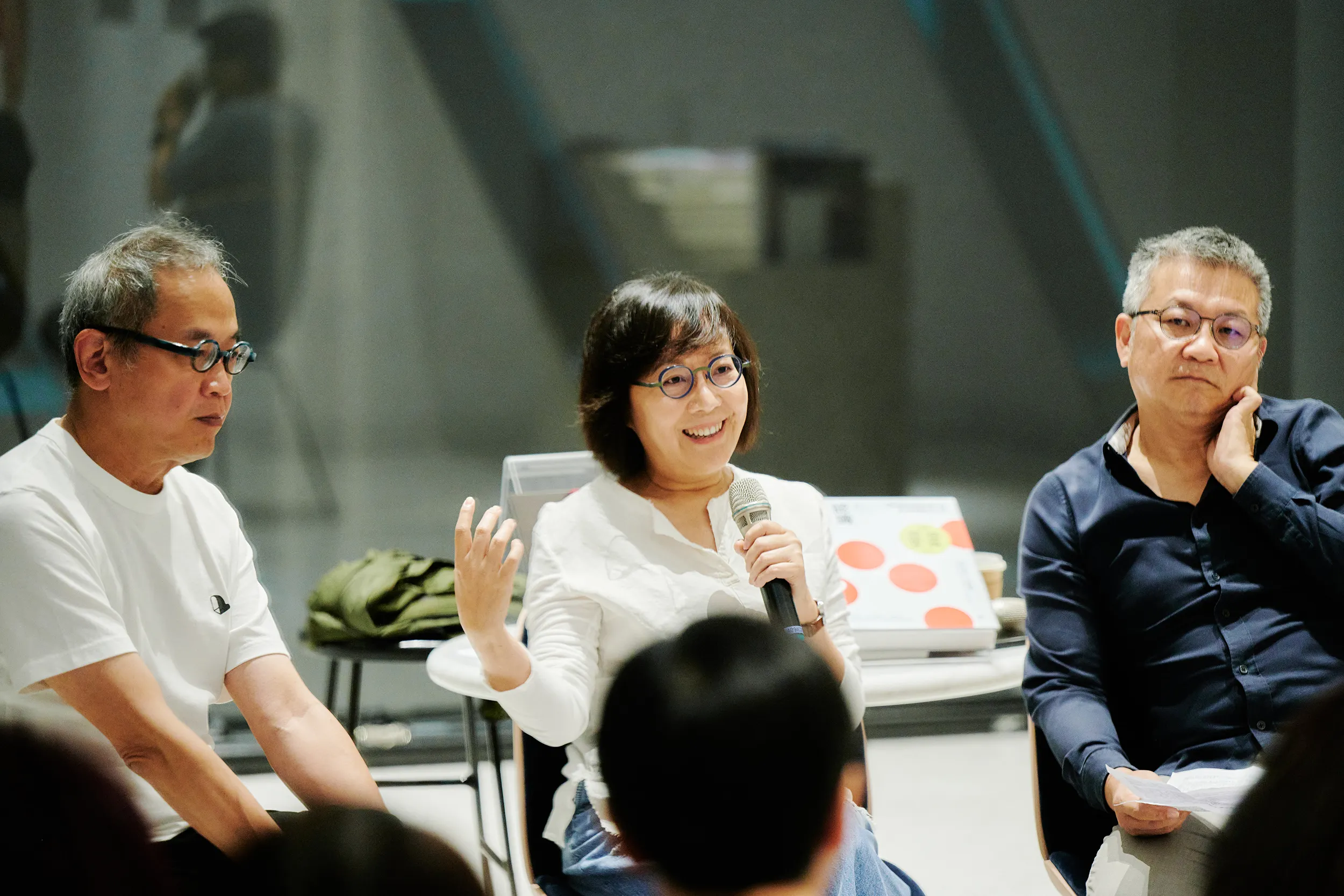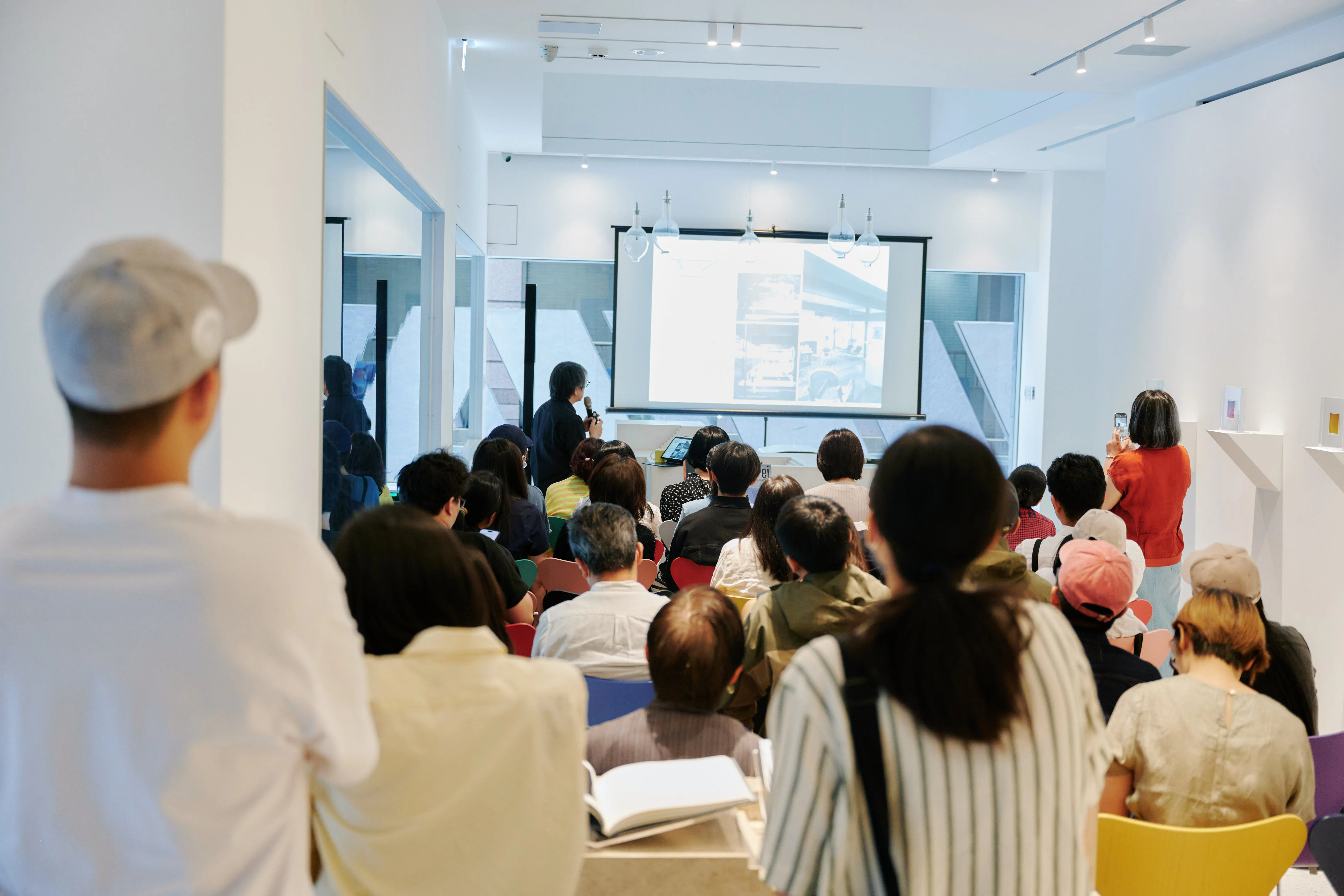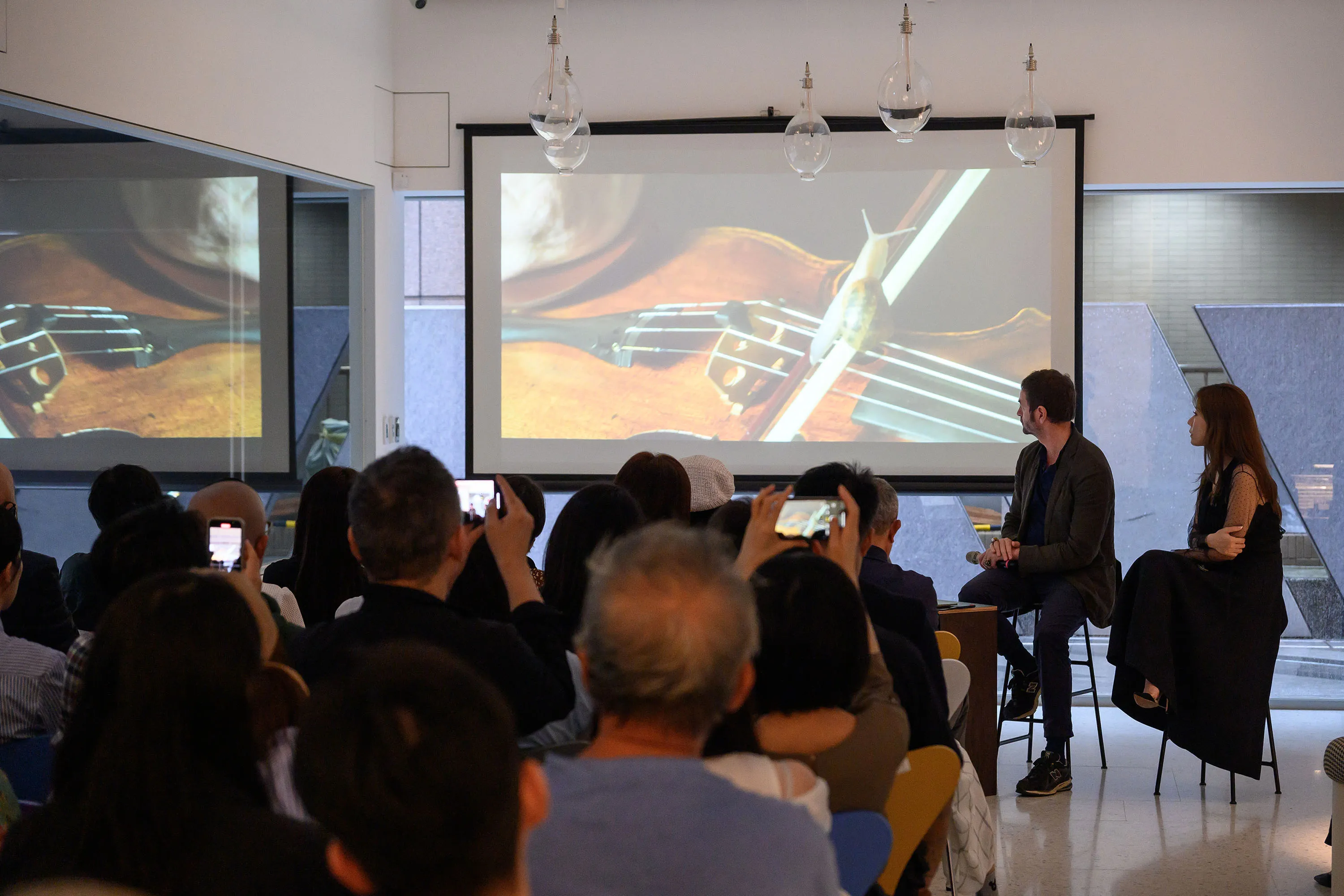
Architecture Salon| Architecture Desires Dwelling
Speakers
Wei-Hsiung Chan Cultural Sociologist
Chun-Hsiung Wang Director, Department of Architectural Design, Shih Chien University
Location
Winsing Art Place (No. 6, Lane 10, Lane 180, Section 6, Section 6, Minquan East Road, Neihu District, Taipei City)
Fee
Admission is free and requires prior registration
Introduction
Guo Xuhuan and Huang Hui-mei took a deep dive into the design methodology of contemporary Taiwanese urban architecture through the exhibition “Space of Time” and refocused the user experience of the building. The exhibition includes their architectural creations from the past 25 years, where the two never found an opportunity to wake up from the delay of everyday life that rotates day after day. Creating the image of tiny but impossibly brilliant spaces in urban gaps revives the infinite possibilities of space over time and makes everyday life better.
Guo Xuhara and Huang Wai Mei are avid pursuers of this “space for time” and bold experimenters. Through arguments, quarrels, and even cold wars between them, but also through a process of mutual support, encouragement, and love, it creates a space for time and a connection between the viewers.
The end of the exhibition series lecture series: [Architectural Desire for Habitation] Special invitation was given to Mr. Zhan Wai-Hung (Cultural Sociologist) and Wang Jun-Hung (Head of Department of Architectural Design, Practical University). Explore with the audience the meaning of living in a building from a historical perspective, a time perspective, a spatial character, and even a cultural perspective.
Event Recap
Dwelling does not mean simply dwelling or existing in a place, but at a certain moment in a space where a person finds himself connected to everything, connects with the light, wind, and creatures outside, understands the rising and setting of the sun — such a reborn realization, according to the speaker, Zhan Wei Explanation of male to habitat. “The Space of Time” This exhibition is not about the building itself, but about the experience of man in space as a conscious subject. Whether active or passive, this experience stems from a craving for habitation. Humans' initial experience of space in caves, though lost in modern life, remains our deepest pursuit and desire. More than 70% of large-scale buildings are residential and directly related to habitation, and the way they express architecture in this exhibition seems to indicate that they will always have a dream of habitation, although they seek to survive in a market of extreme capitalism, they are buried in the rationality of tools Part of it is only because they themselves are conscious lifers. Construction professionals always come back and forth between buildings, owners, and users, but in fact the city craves a variety of mind bombs. Man is an animal of time. When we enter a building, through the contrast and tension of different spaces, whether the experience is superimposed with poetic shocks, whether we can evoke a specific emotion, whether we can find a place of peace in the building and its habitation, is the key to the capture and manifestation of time In this way, with the whimsical creativity of Pobao, is precisely the power of the architect.











